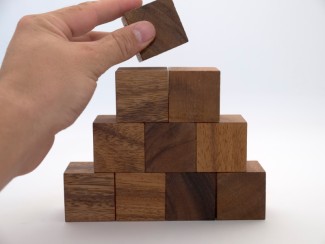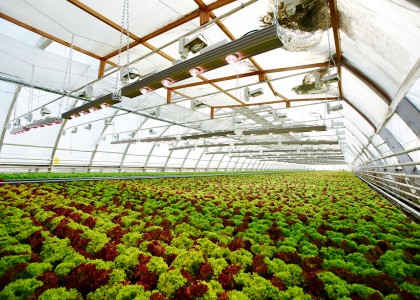Many people groan when they see their utility bill spike after a cold February, but for some it is more than just an annoyance. Imagine if you had to under-heat your home during that cold February because you knew you wouldn’t be able to afford the utility bill. Imagine if you didn’t realize how much it would cost to heat your home to a comfortable temperature, and are now stuck with a bill larger than you can afford. By one estimate, 44% of low-income households struggle to meet basic heating, cooling, and other energy needs. That amounts to 16 million households in the United States.
Building better programs
Part of the problem is that low-income households tend to have higher-than-average energy demand because of older and less-efficient appliances and equipment. While energy efficiency programs around the country have helped to address inefficiencies in low-income housing for years, our recent research finds there is room for growth. ACEEE’s new report Building Better Programs for Low-Income Households details opportunities for scaling up program activity and increasing savings from programs reaching the people who need it most. In the report, we discuss best practices from existing programs for overcoming many of the key challenges that program administrators face, including how to address housing deficiencies that prevent energy efficiency upgrades, how to address cost effectiveness challenges, and how to serve hard-to-reach households.
We also explore opportunities for increasing program activity around high efficiency products and equipment, measures we found to be under-utilized in the low-income sector. In the residential sector, by comparison, a majority of electric energy efficiency program savings result from product rebate programs. These programs tend to have the lowest cost of saved energy. While low-income customers are eligible to participate in conventional product rebate programs, data suggest they are less likely to take advantage of these programs than other customers. Appliance, electronic, and equipment programs designed to address the specific needs of low-income customers can expand participation, increase savings, and help utilities achieve these savings at a lower cost.
Opportunities in the Clean Power Plan
There is also opportunity to expand low-income energy efficiency programs as a part of the Clean Power Plan, which sets limits on the amount of carbon dioxide emissions from existing power plants. The Clean Power Plan includes a Clean Energy Incentive Program (CEIP), which provides incentives for early investment in energy efficiency in low-income communities. States and utilities with existing low-income energy efficiency programs can leverage them to scale up assistance for low-income households. Utilities and states with less established programs in the low-income sector can use the Clean Power Plan and the CEIP to meet emissions reductions goals while also addressing the energy needs of low-income customers.
Even though the Supreme Court has issued a stay on the Clean Power Plan rule until legal challenges are heard, many state regulators are moving forward with plans. This report can serve as a guide for developing new low-income programs as well as scaling up existing activity to contribute to emissions reduction targets.
We hope an increased focus on delivering energy efficiency improvements to low-income customers will give more families a fair shot to participate in the efficiency programs that all utility customers help fund.



